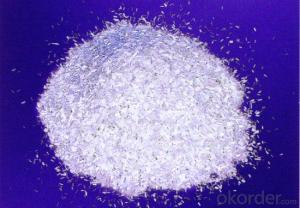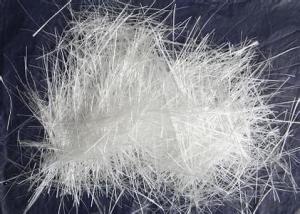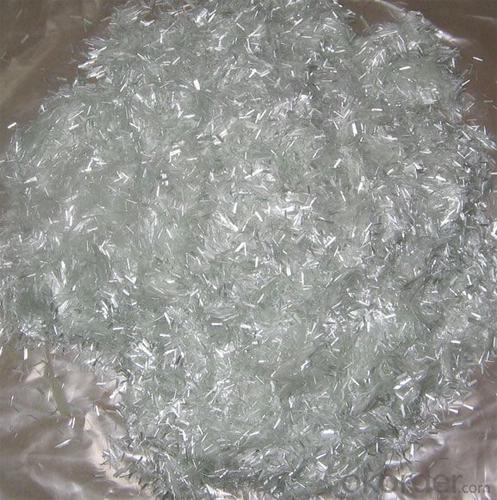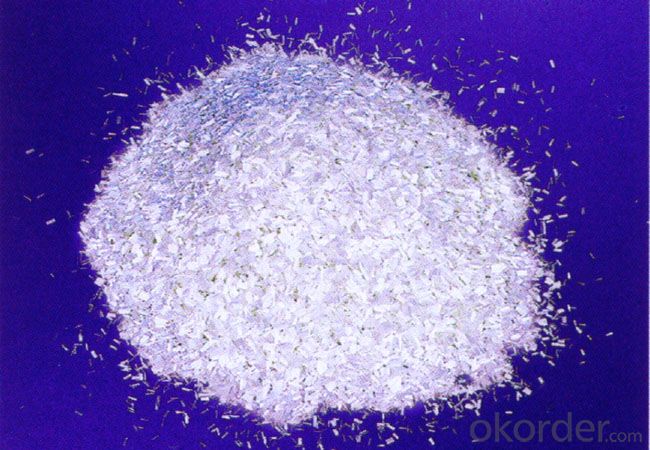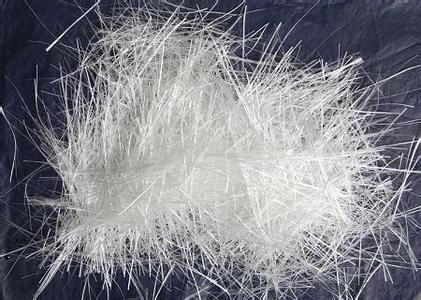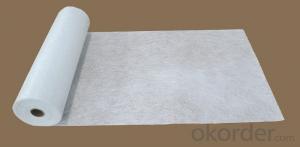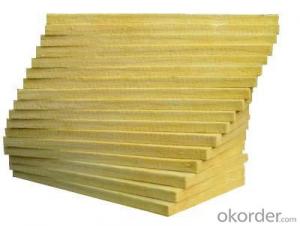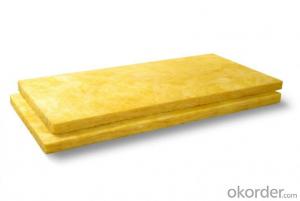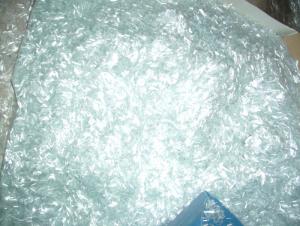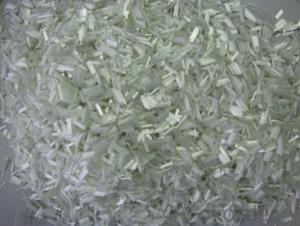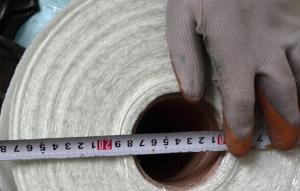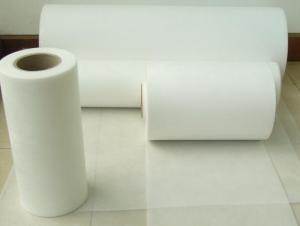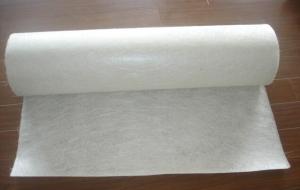Fiberglass Mat Tissue Chopped Strands for BMC Usage
- Loading Port:
- Shanghai
- Payment Terms:
- TT or LC
- Min Order Qty:
- 20000 kg
- Supply Capability:
- 200000Ke Per Month kg/month
OKorder Service Pledge
OKorder Financial Service
You Might Also Like
1.Brief Introductions
Chopped Strands for BMC are compatible with unsaturated polyester, epoxy resin and phenolic resins.
The end-use applications include transportation, building & construction, electronic & electrical, mechanical, and light industry.
2.Product Features
Extremely low resin demand, delivering low viscosity to BMC paste
High impact strength; High LOI rate
High strand stiffness; Compatible with rubber
3.Product Specifications
Property | Fibre diameter | Moisture Content | Size Content | Chop |
(%) | (%) | (%) | (%) | |
Mathods | IS01888 | ISO3344 | ISO1887 | |
3mm | ±10 | ≤3.0 | 0.1±0.05 | 98 |
6mm | ||||
9mm | ||||
12mm |
Special specification can be produce according to customer requirements.
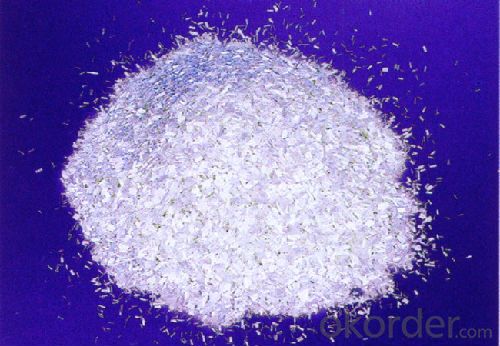
4.FAQ
Packaging:
Each bag can be taken (15-25kgs)。 Could also take a big container bag.
Storage:
Unless otherwise specified, It should be stored in a dry, cool and rain-proof area. It is recommended that the room temperature and humidity should be always maintained at 15℃~35℃ and 35%~65% respectively.
- Q: Can fiberglass mat tissue be used for corrosion-resistant applications?
- Corrosion-resistant applications can indeed utilize fiberglass mat tissue. Comprised of delicate glass fibers fused with a resinous binder, this tissue offers exceptional properties for combating corrosion. Specifically designed to serve as a barrier layer, it finds utility in a range of applications that require resistance to corrosion, such as the construction of tanks, pipes, and vessels that face exposure to corrosive environments. By acting as a protective barrier, the fiberglass mat tissue effectively thwarts the infiltration of corrosive elements, thereby significantly enhancing the structure's longevity and durability. Furthermore, its lightweight nature and ease of handling, coupled with its ability to be easily molded into intricate shapes, render it an exemplary choice for corrosion-resistant applications.
- Q: Can fiberglass mat tissue be used for lightweight construction?
- Fiberglass mat tissue is a fantastic option for lightweight construction. This thin and lightweight material is composed of glass fibers that are randomly arranged and held together with a binder. It is commonly utilized as a reinforcement material in composite laminates and is renowned for its impressive strength-to-weight ratio. When it comes to lightweight construction, where minimizing weight is crucial, fiberglass mat tissue is an excellent selection. Its minimal weight adds little burden to the structure while still providing ample strength and durability. The random arrangement of fibers in the mat tissue guarantees even distribution of the load, further enhancing its strength properties. Furthermore, handling fiberglass mat tissue is a breeze, and it can be effortlessly molded into various shapes and forms. Its flexibility makes it suitable for lightweight construction applications such as creating lightweight panels, wall partitions, and roof structures. The material can also be combined with other lightweight materials like foam cores or honeycomb structures to further elevate its lightweight characteristics. In summary, fiberglass mat tissue is an adaptable material that can be effectively employed in lightweight construction. Its lightweight nature, coupled with its strength and durability, make it a fitting choice for a wide range of applications where weight reduction is a top priority.
- Q: What is the typical thickness range of fiberglass mat tissue?
- The typical thickness range of fiberglass mat tissue is between 0.3 to 1.5 millimeters.
- Q: What are the potential limitations of using fiberglass mat tissue?
- Some potential limitations of using fiberglass mat tissue include the risk of skin irritation or allergic reactions when handling the material, as well as the need for proper safety precautions to prevent inhalation of fibers. Additionally, fiberglass mat tissue may not be suitable for applications requiring high strength or resistance to extreme temperatures.
- Q: Can fiberglass mat tissue be used for reinforcing fiberglass tanks?
- Yes, fiberglass mat tissue can be used for reinforcing fiberglass tanks. It provides additional strength and durability to the tank structure, ensuring it can withstand pressure and other external forces. The mat tissue is applied in layers and bonded with resin to create a strong composite material, making it suitable for reinforcing fiberglass tanks.
- Q: Is fiberglass mat tissue suitable for high-temperature applications?
- No, fiberglass mat tissue is not suitable for high-temperature applications. Fiberglass mat tissue is typically made from thin strands of glass fibers that are woven together to create a non-woven fabric. While fiberglass is known for its strength and durability, it has a low melting point and is not designed to withstand high temperatures. When exposed to high temperatures, fiberglass mat tissue can melt or degrade, leading to structural weakness and potential failure. Therefore, it is important to select a different material that is specifically designed for high-temperature applications, such as ceramic or silicone-based products.
- Q: What is the maximum temperature resistance of fiberglass mat tissue?
- The maximum temperature resistance of fiberglass mat tissue can vary depending on the specific product and its intended use. However, in general, fiberglass mat tissue is known for its excellent thermal resistance properties. It can typically withstand temperatures ranging from 400 to 600 degrees Fahrenheit (200 to 315 degrees Celsius) without undergoing significant structural or performance degradation. This makes it suitable for a wide range of high-temperature applications, including insulation, fireproofing, and thermal insulation in industries such as automotive, aerospace, construction, and manufacturing. It is important to note that the exact maximum temperature resistance may vary based on factors such as the thickness, composition, and specific manufacturing processes of the fiberglass mat tissue. It is always recommended to consult the manufacturer's specifications and guidelines to ensure the appropriate usage and performance of the product in high-temperature environments.
- Q: What is the thermal resistance of fiberglass mat tissue?
- The thermal resistance of fiberglass mat tissue typically ranges from 0.3 to 0.6 square meters Kelvin per watt (m²K/W), depending on the specific composition and thickness of the material.
- Q: What is the weight range of fiberglass mat tissue?
- The weight of fiberglass mat tissue can vary depending on the specific product and its intended application. Typically, the weight range of fiberglass mat tissue can be anywhere from approximately 20 grams per square meter (gsm) to over 100 gsm. Thinner and lighter fiberglass mat tissues are commonly employed for insulation purposes or as a reinforcing layer in composite materials. On the other hand, heavier fiberglass mat tissues are generally utilized for more demanding applications like roofing or flooring. It is worth noting that the weight range may also be influenced by factors such as the type of resin used, the desired strength or stiffness of the final product, and any specific requirements or specifications for a particular project.
- Q: What are the recommended storage and handling practices for fiberglass mat tissue?
- The recommended storage and handling practices for fiberglass mat tissue include keeping it in a dry and well-ventilated area, away from direct sunlight or heat sources. It should be stored horizontally on a clean and level surface to prevent any damage or deformation. When handling, it is advisable to wear protective gloves and safety glasses to avoid any contact with the skin or eyes. Additionally, it is important to handle the material with care to prevent tearing or puncturing, and to avoid any exposure to moisture or chemicals that may degrade its quality.
Send your message to us
Fiberglass Mat Tissue Chopped Strands for BMC Usage
- Loading Port:
- Shanghai
- Payment Terms:
- TT or LC
- Min Order Qty:
- 20000 kg
- Supply Capability:
- 200000Ke Per Month kg/month
OKorder Service Pledge
OKorder Financial Service
Similar products
Hot products
Hot Searches
Related keywords

